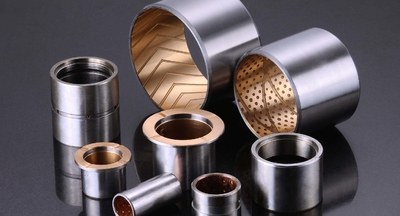
Trust Seal, Credit Check, RoHS and Supplier Capability Assessment.
company has strictly quality control system and professional test lab.
Internal professional design team and advanced machinery workshop.
We can cooperate to develop the products you need.
Advanced automatic machines, strictly process control system.
We can manufacture all the Electrical terminals beyond your demand.
Bulk and customized small packaging, FOB, CIF, DDU and DDP.
Let us help you find the best solution for all your concerns.
